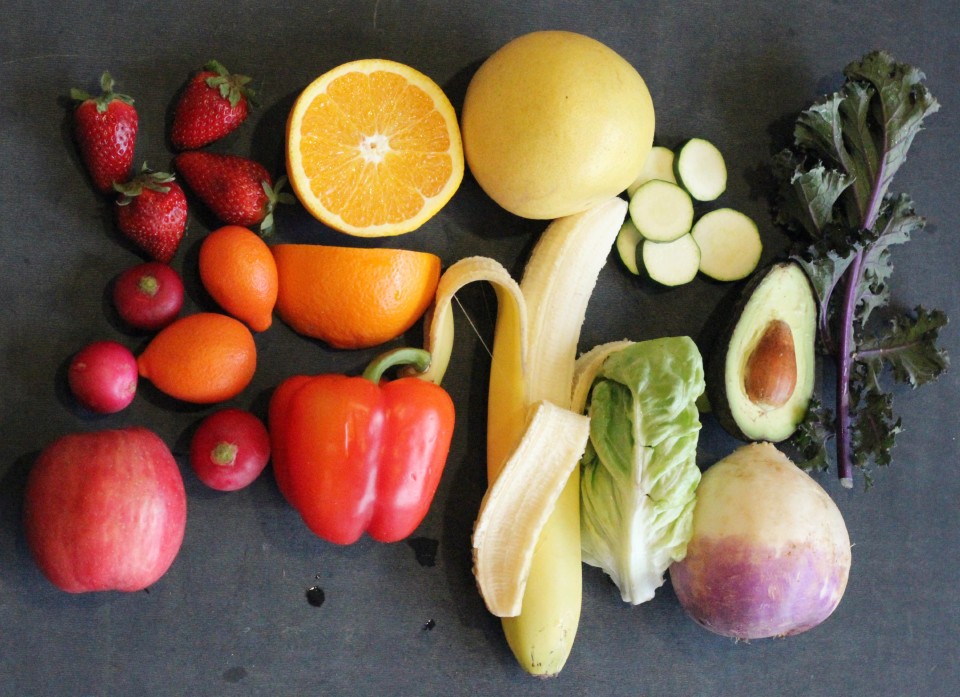"When we try to pick out anything by itself, we find it hitched to everything else in the Universe." - John Muir
Join us in reading the March Co-op Good Food Book Club book, This Is Hope: Green Vegans and the New Human Ecology (2013) by Will Anderson. The Book Club will meet Sunday, March 30, from 6:00-7:30 at a member’s private residence to discuss This Is Hope. Email bookclub@moscowfood.coop for more information and directions.
“Our current human ecology is characterized by a worldview that asserts we have dominion over all the Earth. It believes that Earth is here for our purposes and that all other species are below and inferior to us,” writes Will Anderson in his paradigm-shifting new book. But he goes on to explain that:
"The new human ecology ... incorporates and expands upon deep ecology (which) recognizes that all species, individuals of these species, and their ecosystems have intrinsic value. This is the biocentric perspective. Deep ecology is explicitly present throughout the new human ecology and missing from the current human ecology."
In fact, the “new human ecology” is far more aligned with the “true” human ecology than our current paradigm of dominion. Humans, quite simply, are intertwined with the rest of life on Earth. Both definitions (the “current” versus the “new”) are human, cultural constructs. To construct a culture of dominion, and then fail to respond to our own, acquired scientific understanding of our profound interconnection with all life, is perilous at best. If we want a thriving, healthy future, it’s high time we adopt a truer model of what works for the long-term sustainability and health of humanity and the rest of life on Earth. To that end, this book explains the immense power and benefits of adopting a vegan diet.
It is a pivotal reference for anyone wanting to “Spring Into Action” (as per the March theme). As Toni Frohoff, wildlife management scientist writes, “Finally! A MUST READ for anyone seeking a practical planetary path from the current trajectory of death and desperation to one that truly engages and embraces hope for all species. This book provides a pioneering path for those who truly want to be the change we want - and need - to see in this world. As we collectively experience this never-before era of one species empowered to make it or break it for all, we now have HOPE to survive together. “
Please join us to discuss This Is Hope: Green Vegans and the New Human Ecology (2013) by Will Anderson Sunday, March 30 from 6:00-7:30 pm. Remember to email bookclub@moscowfood.coop for the meeting location and directions and/or to receive email reminders about the Good Food Book Club. This is Hope by Will Anderson is available through your local library. If you are interested in buying the book, check out the area’s local used book stores or visit Book People of Moscow where Book Club members receive a discount. For more information about the Good Food Book Club, check out the Outreach section of the MFC website at www.moscowfood.coop.







 If you're a kid, it's recommended that you consume 20 cups of fruits and veggies a week, coming to just over 1,000 cups per year, according to the United States Department of Agriculture. But the difference between recommendations and actual practice is pretty stark—a study conducted by the National Fruits and Vegetable Alliance found that kids ages 2-12 were actually consuming only 200-300 cups a year. While the sheer quantity of fruits and vegetables is important to achieve, it’s also important not to overlook the variety of produce—and therefore, the variety of nutrients—your child is eating.
But don't panic. It's actually really easy to introduce kids to fruits and vegetables, especially if you know a couple tricks of the trade. At the Co-op, our weekly playgroup Co-op Kids utilizes an excellent method that's been proven to trump even the pickiest of eaters. It's called "Eat the Rainbow” and it encourages kids to use their senses, including their sense of adventure, to try different foods that are separated by color. This lesson has been quite successful, and to our surprise, the kids latched on to some of the more unique items like toasted seaweed, edamame and herbal tea.
If you're a kid, it's recommended that you consume 20 cups of fruits and veggies a week, coming to just over 1,000 cups per year, according to the United States Department of Agriculture. But the difference between recommendations and actual practice is pretty stark—a study conducted by the National Fruits and Vegetable Alliance found that kids ages 2-12 were actually consuming only 200-300 cups a year. While the sheer quantity of fruits and vegetables is important to achieve, it’s also important not to overlook the variety of produce—and therefore, the variety of nutrients—your child is eating.
But don't panic. It's actually really easy to introduce kids to fruits and vegetables, especially if you know a couple tricks of the trade. At the Co-op, our weekly playgroup Co-op Kids utilizes an excellent method that's been proven to trump even the pickiest of eaters. It's called "Eat the Rainbow” and it encourages kids to use their senses, including their sense of adventure, to try different foods that are separated by color. This lesson has been quite successful, and to our surprise, the kids latched on to some of the more unique items like toasted seaweed, edamame and herbal tea.